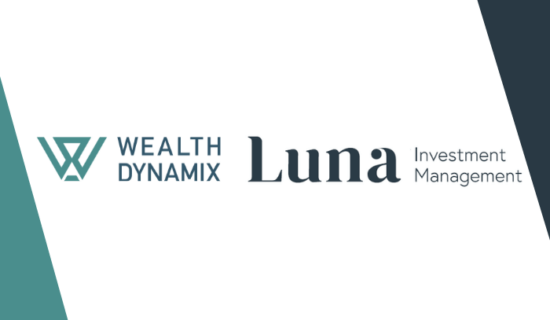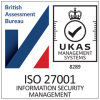Lack of personalisation and disengaged clients
Buried inside recent research from Deloitte was a rather pessimistic proclamation for European wealth managers and why clients are unhappy. Despite an increasingly evolving market, the report declared “wealth managers are failing more and more to serve clients successfully with their existing business models.”
To succeed, wealth managers need engaged clients. Engaged clients are happy clients, and these are the clients that lead to long relationships and referrals. As the continent’s affluent have more investment options than ever, any shortfall in terms of client engagement represents a significant risk. For a relationship to flourish the client needs to be consistently and actively engaged.
This is easy to say, but in practice can be quite complicated. For client managers, potential pitfalls lurk around nearly every corner. The first or second or tenth time someone hears about a company is frequently through an email. A “spray and pray” approach to marketing means these communications can be blind product pushes. For wealth managers, perhaps the most important part of CLM (Client Lifecycle Management) are the factors that cause clients to disengage.
Addressing what makes clients feel alienated or dissatisfied can ensure the client lifecycle is a long and healthy one and prevent them from deciding to take their business elsewhere. Email ‘blasts’ and social media posts endlessly tout the same few benefits or promotions. This lack of focus and personalisation does little to capture attention or cultivate loyalty. Customers are now interested in lifestyle, opportunities and social values. Companies that lack data-driven personas on prospects that address these priorities will struggle to retain clients.
How relationships begin matters. Starting work with clients takes increasing amount of paperwork and time. Despite the advance of digitisation in many other areas, the bulk of these processes remain paper-based, both for the client and internal administration. Prospective clients that start relationships by completing redundant requests for action or personal information are not being set up for success.
Ongoing expectations from customers are also on the rise. At a time where information is delivered instantaneously, many clients still struggle to get clear, up to date portfolio data from their managers on an on-demand or self-serve basis. Thanks to customer-centric companies like Apple, consumers expect a certain level of speed, convenience and automation to surround simple support requests or administrative tasks. An industry article last year warned that wealth managers must “go digital or die”. Yet too many experiences remain cumbersome and bureaucratic. JD Power found that wealth management lags most industries in satisfaction at currently available apps.
Wealth managers don’t set out to create less-than-satisfactory experiences from less-than-satisfactory apps. Cost pressures and high expectations mean that sometimes firms have been forced to accept less than the best possible standards. Thankfully there are now new strategies – enabled by technology – that can help minimize these factors and improve overall client satisfaction. Here are three ways to improve the experience:
Self-service
Clients appreciate being able to log onto an app or web portal themselves to perform a variety of functions on their own time – without having to wade through convoluted call-back approval procedures that suit the institution and not the customer, or waiting for their advisor to confirm a simple request. A digitised workflow provides a foundation for this self-service, ensuring client data is centrally displayed and controlled, and doesn’t constantly need to be shuffled through or cross-checked by different departments.
Single capture, multiple use
Creating a central repository of client data is an important step, but often just the first one. Ensure correct data is rigorously captured in a format that eradicates time-consuming ‘re-keying.’ The client will get fewer redundant requests for information. Signing up for a new account or product may involve nothing more than endorsing a pre-populated form. Data across various accounts or products can be presented to clients in an integrated, real-time manner, giving them the benefit of a single source of information and the convenience that brings.
Gamification
This may sound overly playful for ‘serious’ processes like risk management, but the fact is many attempts to build client profiles involve tedious checklists and clumsy efforts at data collection. By leveraging digital tools and approaches, these processes could be conducted in a more engaging way without losing any of their value, perhaps even garnering better-quality information by making clients more motivated.
While digitisation creates exciting possibilities, it also has its limits. There’s still a strong demand and need for human interaction throughout the client lifecycle, even among young generations. What’s ahead is a truly “bionic” approach – one where ‘manual’ interactions with clients are supported and enhanced through the effective use of technology tools fed by the right data resources.
There are incredible opportunities in wealth management today. Deloitte found bankable assets for European millionaire households rose by 60 percent in the last five years. Wealth managers can use data along with a personal touch to create highly personalized and relevant solutions. The end result will be happier, longer lasting client relationships.





